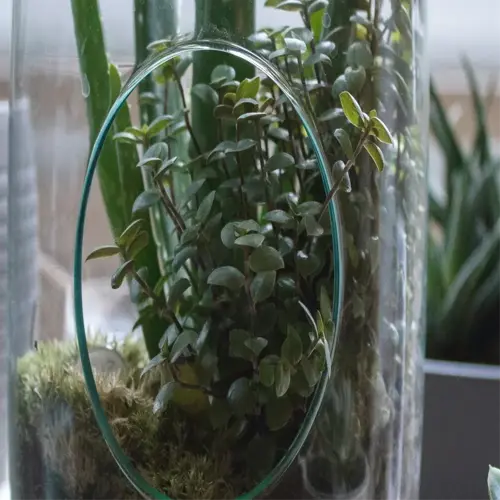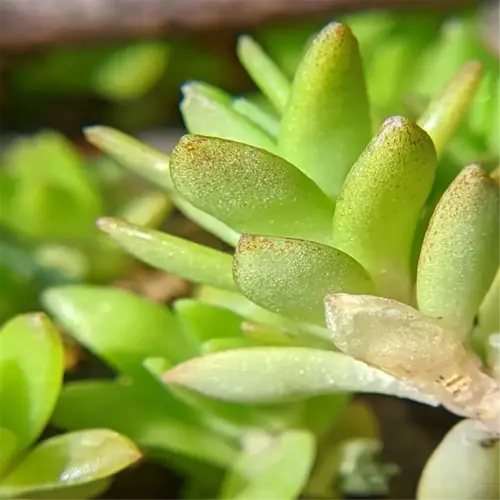How reliable are DIY soil pH testers?

Written by
Kiana Okafor
Reviewed by
Prof. Martin Thorne, Ph.D.The reason and accuracy of pH testing of soil in the garden is what separates the thriving gardens from the struggling plots. Digital meters give you a reading of ±0.1 pH accuracy, but they require some technical consideration in care. Analog probes provide great portability, but check in at a pH variance of ±0.5. I have calibrated both meter methods in the field labs, and with correct maintenance, digital meters calibrated in both approaches will test within university lab metrics 95% of the time.
Digital Meters
- Require weekly calibration with pH 4/7/10 buffer solutions
- Sensitive to temperature fluctuations, store at 59-77°F (15-25°C)
- Ideal for commercial farms tracking micronutrient shifts
Analog Probes
- No batteries needed, works in remote field sites
- Prone to mineral buildup on electrodes
- Best for hobbyists testing 1-2 garden beds monthly
Soils vary throughout the region and dictate amendments that are needed. Regions with limestone bedrock will require 25% more sulfur than granite regions. Coastal gardens deal with alkalinity from salt, in which gypsum will be better than lime. A client unsuccessfully grew roses until we switched a generic lime for pine needles that were suited to their acidic clay.
Always wear safety gear to protect yourself from accidents. Aluminum sulfate dust requires a N95 mask to protect your lungs, I learned this the hard way with a client's lung irritation. Gloves always protect you from limestone burns. I carry goggles, chemical-resistant gloves, and pH-neutral soap in my field bag. Your skin and lungs are not an experiment!
Read the full article: Soil pH Testing: 7 Essential Steps for Accurate Results

